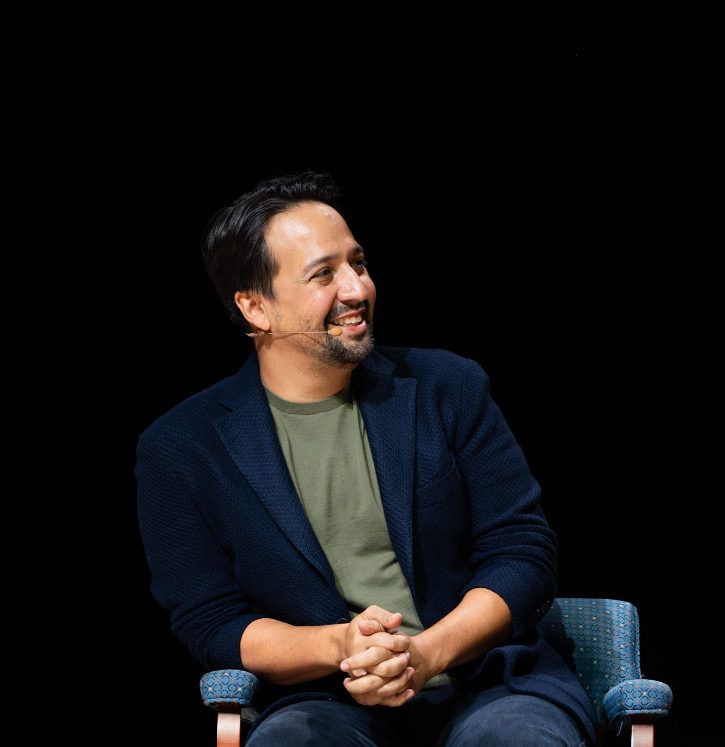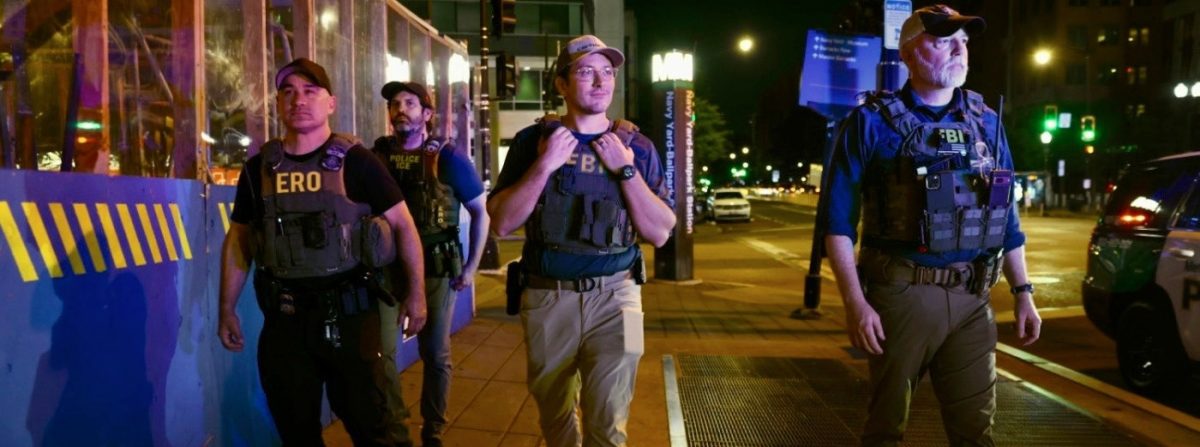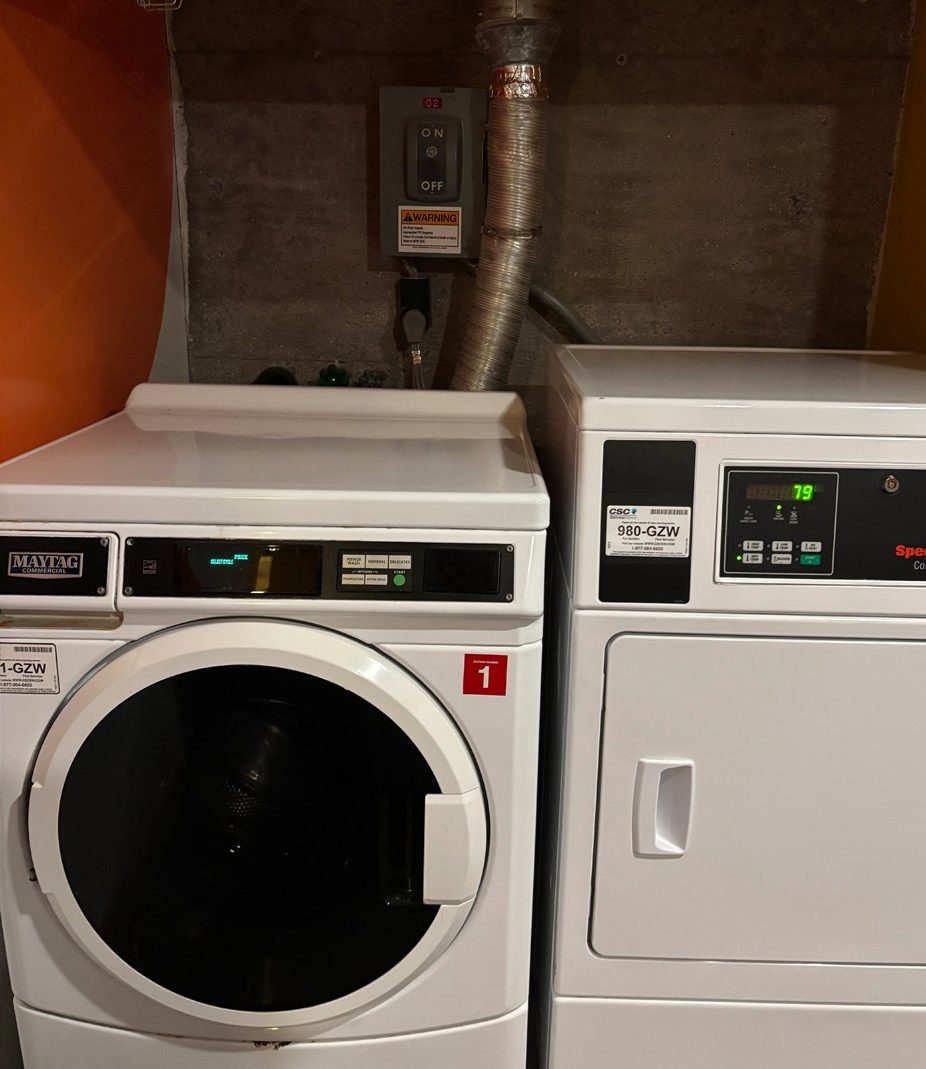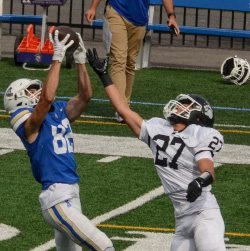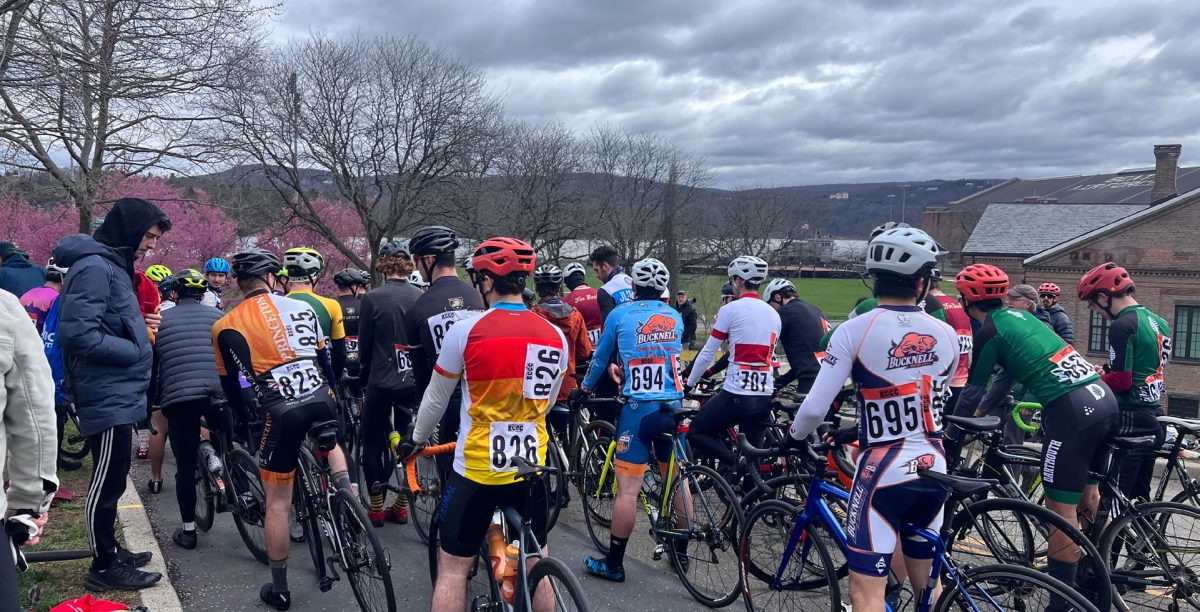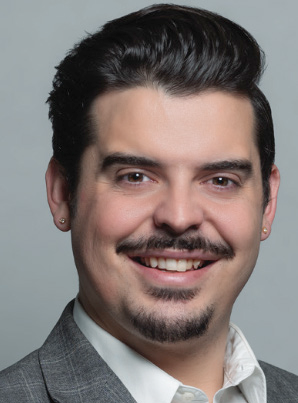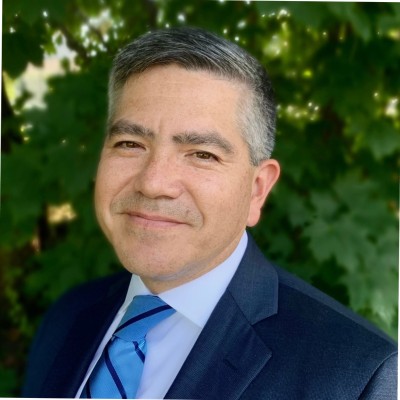
Every year, students’ performing arts talents are displayed in a variety of productions put on by the Theater Department, student-led groups like Untitled at Large, and other on-campus organizations. The two mainstage productions are arguably the biggest theater events of the fall and spring semesters on the Hill, and this year is no different.
Opening on Nov. 2 and running through Nov. 11, Mr. Burns: a post-electric play tells a story that spans time and societies, melding aspects of dystopian fiction, late-stage capitalism, survival epics, and, of course, The Simpsons to create an engaging, perplexing, and thought-provoking spectacle, the likes of which has not been produced on this campus in many years. Part-drama, part-comedy, part-musical, the play manages to pack a humanity’s worth of material into three acts. Students, faculty, and other community members who miss out on the opportunity to see this show will deprive themselves of an opportunity to witness excellent acting, music, and special effects, as well as a chance to grapple with challenging art, which has become, well, a lost art.
In recent history, art has been increasingly synthesized, digested, and simplified into mindless entertainment. Media companies like Buzzfeed have made conscious efforts to tailor their content to video-based platforms, with pieces rarely lasting longer than a minute or two and featuring colorful, well-lit characters offering (seemingly) straightforward and succinct takes on all matters deemed worthy. So when “Mr. Burns” advertises a 2 1⁄2 hour runtime, abstract themes, and a storyline that is hard to follow at best and inaccessible at worst, it is initially understandable why there could be hesitancy to buy a ticket. It is precisely because of these “out-of-fashion” factors, however, that all who are able should attend one of the performances. Performances such as these, while challenging, are worthwhile, whether or not you understand “the deeper meaning” behind them. Fortunately, audience members are not tested on the material after the show, nor are they asked to analyze any particular aspect of the production. Their job is merely to sit and watch. You may be frustrated, exhilarated, intimidated, or lost, but this struggle offers what the snaps, gifs, and loops do not — live, human expression, just a few feet away from your face. Whatever you find interesting, be it the acting, sound, set design, plot, staging, or anything else, focus on that, and the rest will come naturally.
Cast and crew members of “Mr. Burns” have undoubtedly been working incredibly hard over the past three months to produce this show, and therein lies another reason to attend; these are your classmates, peers, and friends who have undergone considerable acts of transformation — physically and mentally — for the express purpose of your enjoyment. As those who have seen the show will tell you, it is a remarkable result.
It is a privilege to be able to offer and consume so many different forms of art on our campus, let alone in spaces with resources as advanced and vast as the Kennedy Center and other buildings offer. “Mr. Burns” is only one of many shows and performances to see, but it serves as an example of the necessity such art and why it demands to be viewed — even (especially) when it pushes us outside our comfort zone. So go enjoy this journey through the post-apocalyptic, nuclear wasteland, and remember that even though it might
be difficult, it will be worth it.






